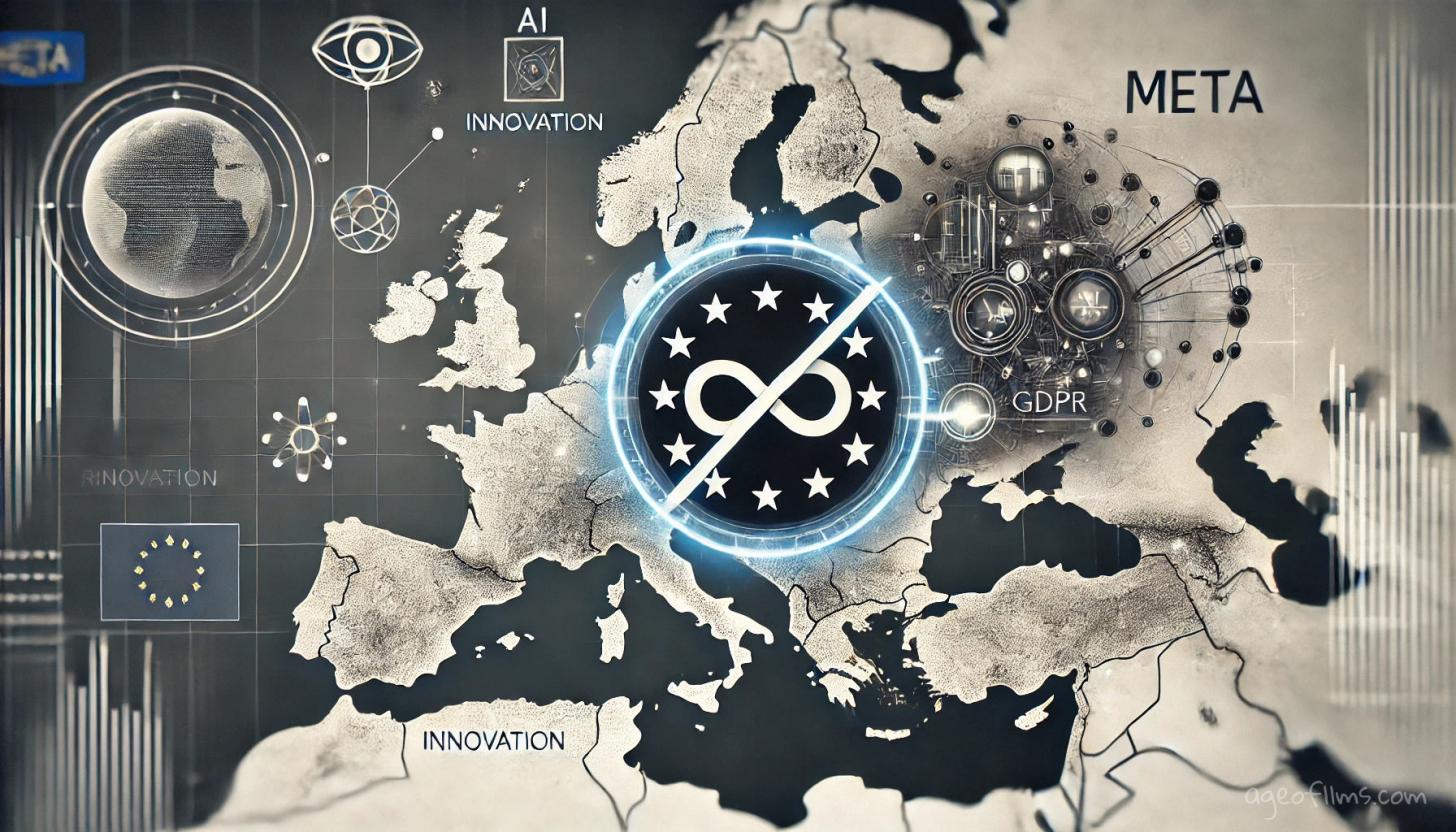Meta's AI Regulatory Challenges in Europe
Meta, the parent company of Facebook, has announced that it will not release its future multimodal AI models in the European Union due to regulatory uncertainties. This decision highlights a growing trend among US tech giants to withhold cutting-edge products from European customers in response to stringent regulatory environments.

The General Data Protection Regulation (GDPR) has emerged as a significant hurdle for AI advancements in the EU. Meta cites the "unpredictable nature of the European regulatory environment" as the primary reason for withholding its latest AI models. This regulatory framework is not only affecting Meta but also other tech giants like Apple, who have faced similar challenges in releasing AI features in Europe.
Meta's decision to delay the release of its multimodal AI models in the EU could have far-reaching consequences:
- Innovation Gap: European users may lag behind in accessing cutting-edge AI technologies.
- Competitive Disadvantage: EU-based companies might face challenges in competing globally without access to the latest AI tools.
- Regulatory Reconsideration: This move could prompt EU regulators to reassess their approach to AI regulation.
Earlier in July, AP writes, Brazil's data protection authority (ANPD) has banned Meta from using Brazilian personal data to train its AI models. A report by Human Rights Watch last month found that LAION-5B, a large image-caption dataset used for AI training, includes personal photos of Brazilian children, putting them at risk of deepfakes and other exploitation.
In the U.S., where there’s no national law protecting online privacy, such training is already happening.
Despite the setback in Europe, Meta is moving forward with its AI ambitions globally. The company is set to release the largest version of its open-source LLAMA 3 model on July 23. This new iteration boasts an impressive 405 billion parameters and introduces multimodal capabilities, allowing the AI to understand and generate both images and text.
Published: Jul 19, 2024 at 10:36 AM
Related Posts

Llama 4 Is Here and It's Not Messing Around
6 Apr 2025

AI Disruption: Job Losses and a Future in Flux
13 Jan 2025
